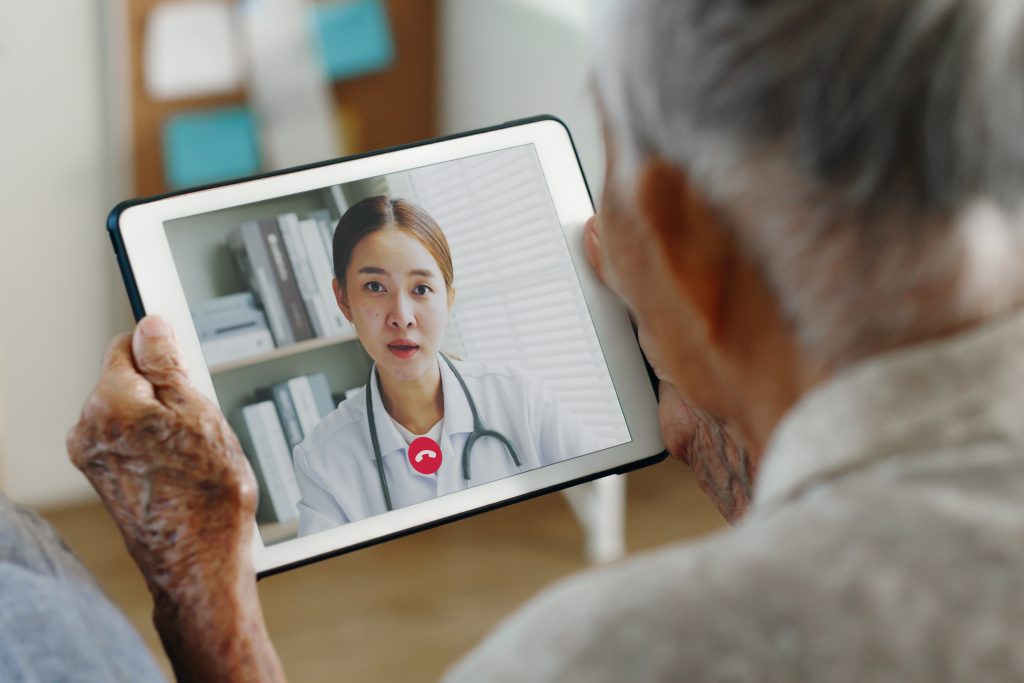Telehealth among older adults increased from 13,000 weekly telehealth visits pre-pandemic to a near 1.7 million weekly visits during April 2020, the majority of which were by Medicare beneficiaries.
Earlier this year, the University of Virginia Health System along with the Mid-Atlantic Telehealth Resource Center at UVA Health, as well as other partners, launched the Center of Excellence for Telehealth and Aging (CE4TA). The new initiative is part of a nationwide effort that aims to increase access to quality telehealth care for older adults. These efforts not only allow for telehealth to meet the distinctive needs of older adults, but also provides greater accessibility to virtual care for patients who may experience challenges attending in-person appointments.
“When done well, telehealth can increase access to care, allowing patients to connect directly with their care team to discuss urgent or chronic issues,” Dr. Laurie Archbald-Pannone, a UVA Health geriatrician, told CBS 19. “When not done well, telehealth can increase barriers to care and further limit access, especially in rural communities and communities with vulnerable access to care.”
In order for telehealth to meet the specific needs of senior patients, three principles must be met, according to CE4TA.
Equity and accessibility.
All patients should have equal access to quality care no matter their age, ability, socioeconomic status, access to technology, or health and technological literacy. For older adults, factors to consider when conducting telehealth include physical and cognitive differences, cultural or linguistic differences of their caregivers, and technology readiness, among others.
Person-centered care.
Allow senior patients to make decisions about their own health concerns, goals, and preferences through guided support. Consider using high-value cases to help drive goals by incorporating payer and provider perspectives and incorporate family members or caregivers when appropriate. Ensure older patients and their caregivers are prepared and understand what to expect from a telehealth encounter. UVA Health has tips that providers can share with older patients ahead of their first telehealth visit.
Integrated and coordinated care.
Health systems should enable access to the information and support necessary in order to provide quality care to older adults, including cooperation and communication among and within systems and stakeholders. Ensure you’re using telehealth programs that facilitate access to patients’ health records, integrate into the care continuum, facilitate safe and coordinated transitions of care, and connect crucial stakeholders throughout the entire process.
As part of the launch of CE4TA, a growing hub of resources including toolkits, guides, and research reports is now available online to providers and the public at ce4ta.matrc.org. Medical and non-medical providers are encouraged to take the pledge to stand with CE4TA and older adults.
Visit VTN’s Equity & Telehealth page for older adults for more information on the topic, or sign up to receive monthly updates.

